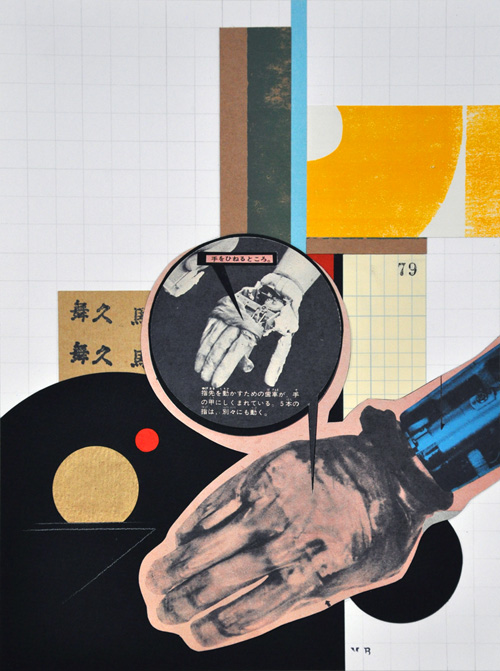Currently, 29 of 48 Antarctic Treaty member nations operate research stations on the continent and its nearby islands. Some bases are permanent, some are temporary; some operate year-round and others in summer only. Their programs, capabilities and designs differ, and each lends itself uniquely to international scientific collaboration. I'll be featuring a variety of these facilities in upcoming posts and artwork, starting with Japan's Syowa Station:  Syowa (also known as Showa) is located on East Ongul Island in Eastern Antarctica. It is the largest Antarctic science research facility run by the National Institute of Polar Research (NIPR) in Tokyo. Syowa was established in 1957 and is home to NIPR's Japanese Antarctic Research Expedition (JARE). The base uses solar power and its research activities include upper atmosphere physics, meteorology, seismology, gravimetry, geodesy and cartography, oceanography, glaciology, geology, geography, terrestrial and marine biology, and medical research. NIPR and the U.S. Antarctic Program collaborate regularly with a focus on the geosciences and environment. An example is cooperative high-altitude scientific balloon launches at Syowa and Amundsen-Scott Station. By pooling resources and sharing data over Earth observation networks, Japan and the U.S. help each other while allowing worldwide access to information about climate change. My collage's chief elements are bits of printed matter I found in Tokyo. The hands are vintage sci-fi, which is how I imagine Japan's 1957 foray into Antarctica -- their first -- to have felt. The hands also suggest prosthetic solutions in case of extreme frostbite. The artwork was contributed to Scott Massey's RRR Project featuring art made with and about recycling. His new print publication RRR.002 is in the works as well as an exhibition or two. I'm glad to be part of it!
Syowa (also known as Showa) is located on East Ongul Island in Eastern Antarctica. It is the largest Antarctic science research facility run by the National Institute of Polar Research (NIPR) in Tokyo. Syowa was established in 1957 and is home to NIPR's Japanese Antarctic Research Expedition (JARE). The base uses solar power and its research activities include upper atmosphere physics, meteorology, seismology, gravimetry, geodesy and cartography, oceanography, glaciology, geology, geography, terrestrial and marine biology, and medical research. NIPR and the U.S. Antarctic Program collaborate regularly with a focus on the geosciences and environment. An example is cooperative high-altitude scientific balloon launches at Syowa and Amundsen-Scott Station. By pooling resources and sharing data over Earth observation networks, Japan and the U.S. help each other while allowing worldwide access to information about climate change. My collage's chief elements are bits of printed matter I found in Tokyo. The hands are vintage sci-fi, which is how I imagine Japan's 1957 foray into Antarctica -- their first -- to have felt. The hands also suggest prosthetic solutions in case of extreme frostbite. The artwork was contributed to Scott Massey's RRR Project featuring art made with and about recycling. His new print publication RRR.002 is in the works as well as an exhibition or two. I'm glad to be part of it!